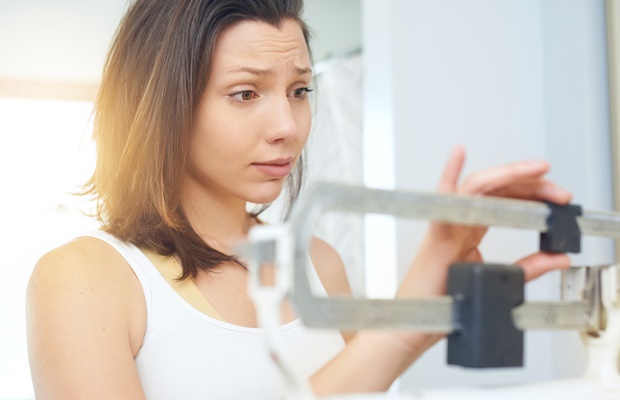Kidney stones are becoming more common, especially in women, new research has found.
Better diagnostic tools could be part of the reason for the steady rise in diagnoses, according to Mayo Clinic researchers.
‘Infection stones’
By using CT scans, “we are now diagnosing symptomatic kidney stones that previously would have gone undiagnosed because they would not have been detected,” lead researcher Dr Andrew Rule said in a Mayo news release.
The findings are published in Mayo Clinic Proceedings.
Dr Rule and his colleagues analysed the records of more than 7 200 residents of Olmsted County, Minnesota, who were diagnosed with kidney stones for the first time between 1984 and 2012.
The investigators found that women – especially those 18 to 39 years old – developed stones more often than men. They were most likely to have so-called “infection stones”, blamed on chronic urinary tract infections.
According to StoneDisease.org, kidney stones begin as crystals inside the kidney and mostly consist of calcium and oxalate. For kidney stones to develop, the urine must be supersaturated, which means there are too many salts and not enough fluid in the urine. Dehydration, is one of the main reasons for supersaturation.
Whites have higher risk
Bladder stones were less common. However, they were found more often in men, because of blockages involving the prostate gland.
People prone to kidney stones should make some changes to their diet to help prevent recurrences, the researchers advised. This may include drinking more water, reducing salt intake and eating less meat.
The researchers noted that their findings may not apply to everyone because study participants were mainly white. White people have a higher risk for kidney stones than other racial groups, they said.
Also, whether something besides better imaging techniques is responsible for kidney stones being found more often in women will require further study, the researchers said.
Image credit: iStock










